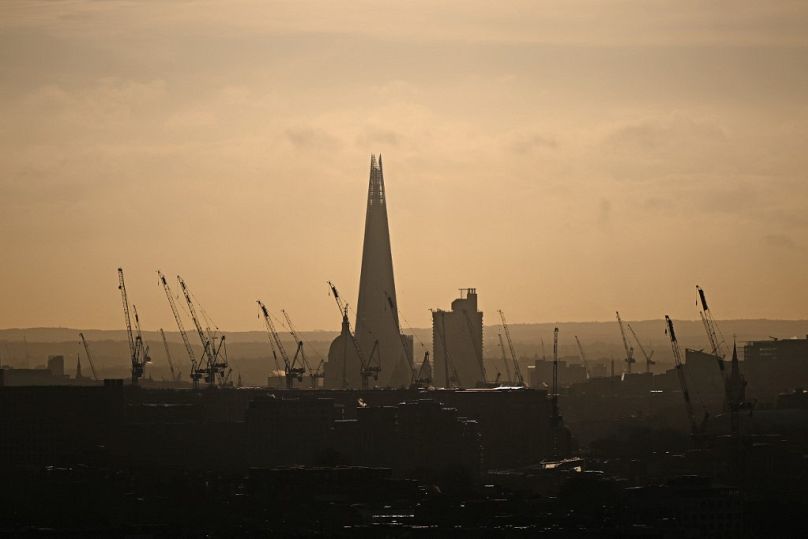House price trends across Europe have varied considerably since the 1990s. Data from the Organisation for Economic Co-operation and Development (OECD) shows a very mixed picture, with property values in some countries soaring by nearly 180% compared to 1996.
In others, prices have stagnated and even declined, at times.
“A fundamental undersupply of housing to meet the needs of a growing and changing population across Europe has driven strong house price growth in many parts of the continent over the past decade,” Nick Whitten, EMEA Head of Living Research at JLL, told Euronews.
Still, this is not the case everywhere.

Sweden — long one of Europe’s hottest housing markets — shows the largest increase, with average prices skyrocketing 176% between 2021 and 1996.
Joakim Lusensky, Head of Analysis and Communications at the Swedish Association of Real Estate Agents, told Euronews the property market has been fuelled by “a strong and steady growth in population and disposable incomes and a long period of very low mortgage rates.”
Compounding things, he says, the production of houses has been quite low, “even though a fairly large part of the population is in the age group where starting a family is most common.”
Combined these factors have caused prices to spike.
In January, experts warned a property market crash was looming in Sweden, with some predicting a 20% downturn in prices, as the country raises interest rates and grapples with high household debt.
The United Kingdom is second on the list.

There, average property prices have grown at a breakneck 145% between 1996 and 2021.
“The clear reason [behind this] is that homeowners began to outnumber those who rent… there was a lack of available social housing… so people had to choose between paying more expensive rent or buying their own home,” Marc von Grundherr, Director of Benham and Reeves, told Euronews.
He pointed to the legacy of Britain’s 1980s Prime Minister Margaret Thatcher, who sold off huge swathes of social housing and fuelled “aspirations” of homeownership.
“With demand far outstripping supply it led to a massive jump in prices,” von Grundherr explained.
UK trends are even more pronounced at the city level.
In 1992, the average house price in London was £78,000 (€88,000), according to the Office of National Statistics. Today it is £524,000 (€592,000).
That’s a rise of 572% in little over 30 years.
Stagnation and decline
However, the story of European house prices is not one of momentous growth, like in Sweden, the UK, Denmark and France.
In other countries, prices have flatlined over the period.
Italy saw a boom up until the financial crash of 2008, but has since shown a steady decline.
The value of property in Germany, Europe’s largest nation, remained relatively flat from 1996, only increasing in 2016.
“There are various factors that have influenced property and house prices in the past thirty years,” said Benjamin Benirschke of the German Central Real Estate Committee (ZIA).
He cited regulations, more expensive building materials and a “scarcity of building land, especially closer to larger cities”, as well as “population and refugee movements after the fall of the Berlin Wall [in 1989] and the financial crisis of 2008”.
Portugal has followed a similar trend as Germany, albeit with slightly more growth in the late 90s.
Yet, the factors causing prices to leap in recent years vary considerably.
A spokesperson for the Portugal Property Team told Euronews Portuguese real estate prices had been impacted by “foreign investment with the Golden Visa, which has contributed to a surge in demand for high-end properties”, as well as the country’s economic growth and improved stability.
“Portugal has also experienced a significant increase in tourism over the last decade… This has also led to a rise in short-term rental properties like Airbnb rentals,” they added.
